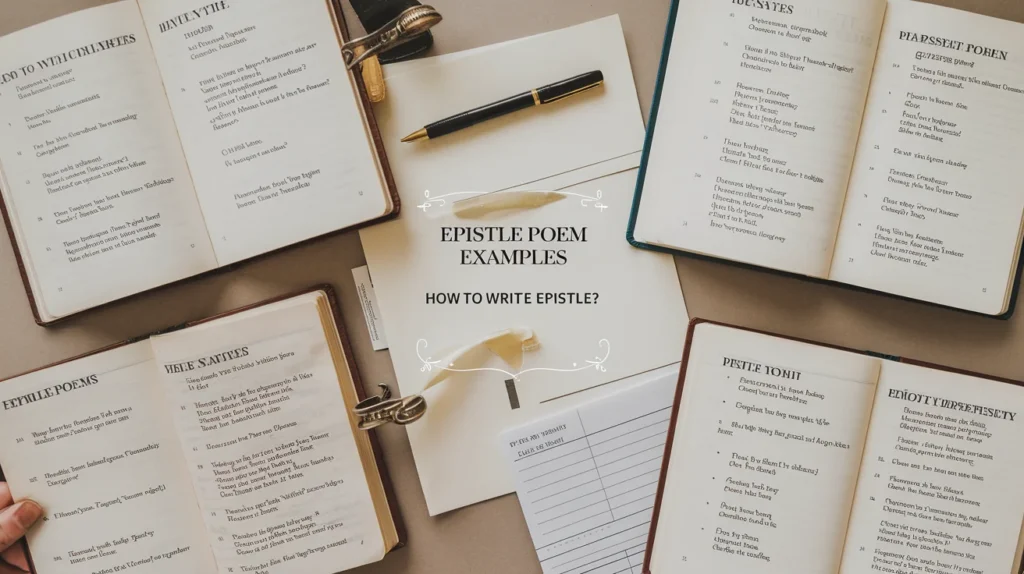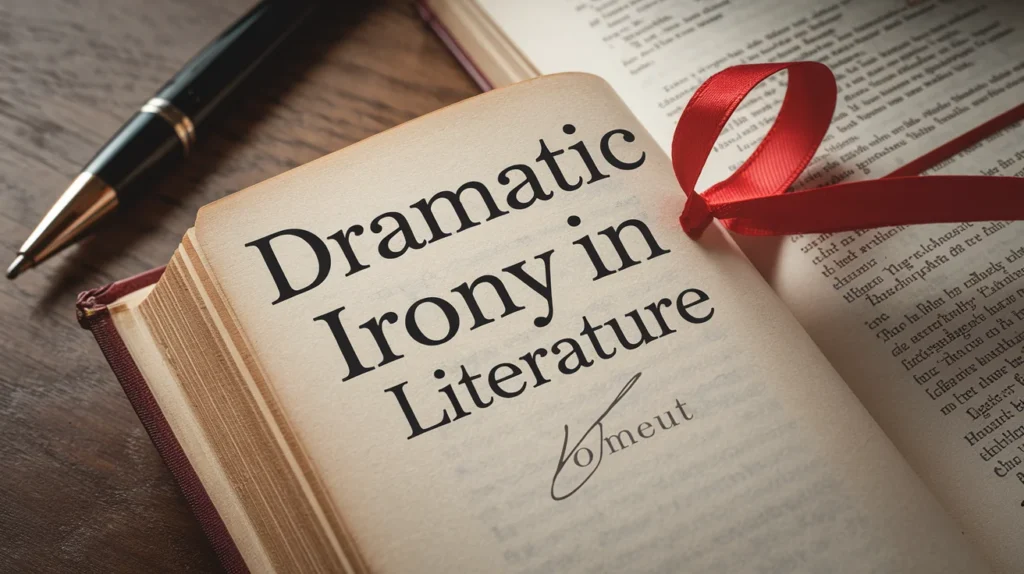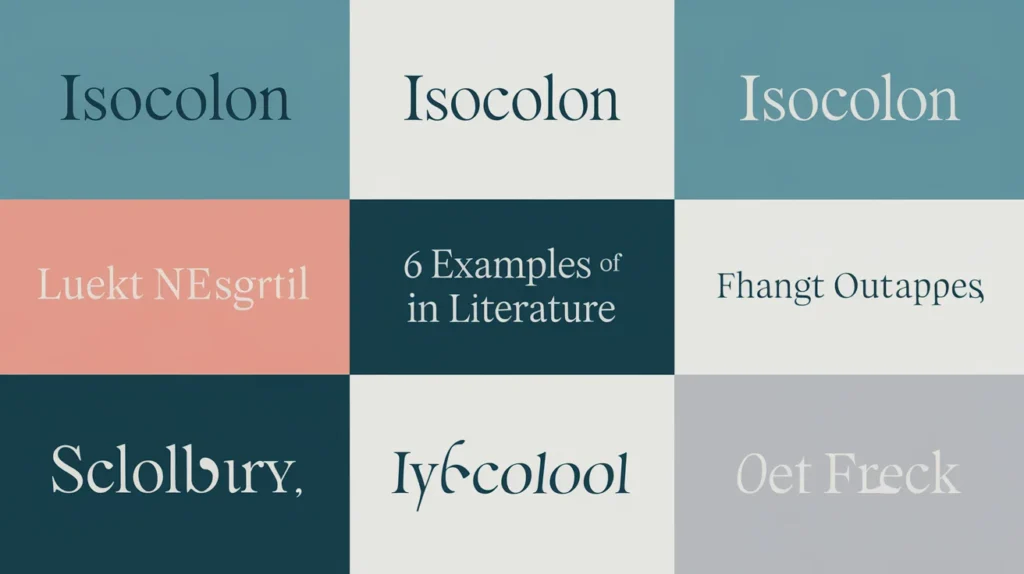Ever wanted to write a poem that feels like a personal letter? Epistles let you do just that—combining heartfelt words with the beauty of verse. These poetic letters have been used for centuries, from ancient Rome to modern poetry slams.
In this guide, you’ll learn:
✔ What an epistle poem really is (hint: it’s more than just a fancy letter).
✔ Step-by-step instructions for writing your own.
✔ Different types of epistles—love letters, moral advice, and sharp satire.
✔ Famous examples from poets like Alexander Pope and Shakespeare.
✔ Pro tips to make your epistle stand out.
Whether you’re a budding poet or just curious, this post will give you actionable advice—no fluff, just real techniques. Let’s dive in!
What Is an Epistle Poem?
An epistle poem is a letter written in verse, blending personal expression with poetic craft. Unlike regular letters, epistles use rhyme, meter, and vivid imagery to convey emotion.
Key Features of Epistles
- Direct address – Starts with “Dear…” or “To…”
- Conversational yet artistic – Feels intimate but polished.
- Themes – Love, philosophy, satire, or advice.
Historical Roots
Epistles date back to:
- Ancient Rome (Horace’s poetic letters).
- Biblical texts (Paul’s epistles in the New Testament).
- 18th-century poetry (Alexander Pope’s witty verses).
“An epistle should feel like a whispered secret—personal, yet universal.” — Anonymous poet
How to Write an Epistle Poem (5 Simple Steps)
Want to craft your own? Follow this step-by-step guide:
1. Pick Your Recipient
- A real person (e.g., a lover, friend, or public figure).
- A fictional character (e.g., “To Hamlet”).
- An abstract idea (e.g., “Dear Solitude”).
2. Choose Your Tone
| Tone | Example |
| Romantic | “My love, your absence is a winter’s night…” |
| Satirical | “Oh, Politician, your promises are thin as air…” |
| Philosophical | “Time, why do you mock us with fleeting hours?” |
3. Use Poetic Devices
- Metaphors (“Your words are daggers”).
- Alliteration (“Sweet silence softly sings”).
- Rhyme (ABAB or free verse).
4. Structure It Like a Letter
- Opening (“Dear…”)
- Body (Your message in verse)
- Closing (“Yours forever,” “With hope,” etc.)
5. Edit Ruthlessly
- Cut unnecessary lines.
- Read it aloud—does it flow?
Types of Epistles (With Examples)
Not all epistles are the same. Here’s a breakdown:
1. Personal Epistles
- Emotional, intimate letters.
- Example: “Cynthia” by Richard Barnfield (a Renaissance love poem).
2. Moral/Philosophical Epistles
- Deep reflections on life.
- Example: “On the Use of Riches” by Samuel Johnson.
3. Satirical Epistles
- Witty, critical, or humorous.
- Example: Alexander Pope’s “An Epistle to Dr. Arbuthnot”.
Famous Epistle Poem Examples
| Poem | Poet | Theme |
| “Eloisa to Abelard” | Alexander Pope | Tragic love |
| “Horace Book 3 Ode 29” | John Dryden (trans.) | Philosophy |
| “Vernal Ode” | William Shakespeare | Nature |
Case Study: Alexander Pope’s “Eloisa to Abelard”
- Based on a real 12th-century love story.
- Mixes passion, regret, and poetic brilliance.
Related Poetic Forms
- Pastoral Poetry – Rural themes.
- Horatian Ode – Balanced reflections.
FAQs About Epistle Poems
1. Can an epistle be free verse?
Yes! While traditional epistles used rhyme, modern ones often don’t.
2. What’s the difference between an epistle and a sonnet?
A sonnet has a strict 14-line structure, while an epistle is more flexible.
3. Who wrote the most famous epistles?
Alexander Pope, Horace, and John Donne.


